Practical Preparedness – Planning by Prevalence
When we jump on preparedness sites, sometimes we’re immediately struck by the enormous loads of things to buy, do, and learn. We immediately start hearing about WROL, battle rifles, ammo counts in the thousands, pressure canners, INCH/BOB bags and locations, pace count, and primitive skills. World- and nation-altering events such as nuclear war, internet-ending viruses, Nibiru, Agenda 21 and NWO, and the like pop up. They all have their places, but sometimes things get missed and it can make for a very overwhelming introduction. It can make it hard to prioritize where to spend our time and financial budgets even for those with experience and years of exposure to the prepared mindset.
To make it a little easier to prioritize, we can work in stages. We can look at what is most likely to occur in the near future and our lifetimes, and use that information to help us decide where to focus our time, efforts and resources.
Zone-Ring Systems
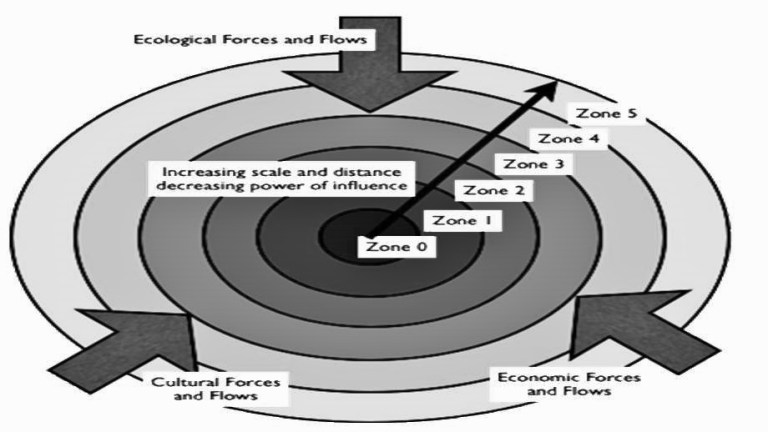
In permaculture, planning is based on zones. The basic premise is that you start at 0 or 1 with the self or home, and move outward through 2-4 and eventually into Zone 5. The inner rings have the most immediate contact with the resident, while the outer rings are visited less frequently. Other systems also use similar ring concepts of involvement, frequency and impact.
The same can be applied to preparedness, just like we modified a Health Wheel to fit our particular interests and needs. In this case, instead of looking at the frequency with which we’ll make contact with an area, we’ll be looking at the frequency with which things occur and impact our worlds.
Like permaculture, I’ve gone with five general categories. In this case, they are: Daily, Seasonal/Annual, 5-10 Year, Generational, & Lifetime/Eventually/Maybe. There are some examples for the average Western World resident. Later in the article there’s a few tips for planning for and around those most and least-prevalent scenarios.
Zone 1/First Ring – Daily Occurrences
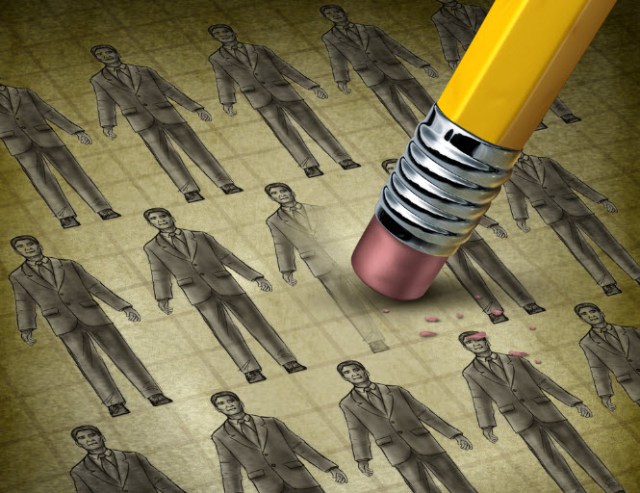
A layoff can be just as devastating as a zombie invasion if you aren’t prepared.
Daily emergencies are those that strike somebody somewhere every single day in our English-reading modern life. While some affect larger groups, these tend to be personal or family related items. They’re the kinds of things the neighbors might not even notice. Some examples are:
- Layoff, cut hours, cut wages
- Major bills (roof, medical, HVAC, veterinary)
- House fire
- Major injury/developing disability
- Theft, burglary, mugging
- Vehicular accident & malfunction (temporarily removing transportation)
- Temporary power outages (hours to 1-3 days)
- Personal physical altercation (mugging, home invasion, the drunk at a bar, date rape)
- Missing person(s), family death
When considering the financial aspects of preparedness, also consider the things that might not affect jobs, but do affect our income and-or our ability to offset daily costs. For instance, an injury that prevents gardening and picking up overtime or a second job as a stocker, pipe-fitter, or forklift driver, or a developing disability that renders an arm/hand weak or unusable and prevents needlepoint, canine grooming, or weaving.
Zone 2/Second Ring – Seasonal/Annual Occurrences
These are the things we can consult our Almanacs and insurance companies to consider. They regularly tend to affect a larger number of people. It might be a block or a street in some cases, parts of a town or county, or might impact a whole state if not a region. They’d be things like…
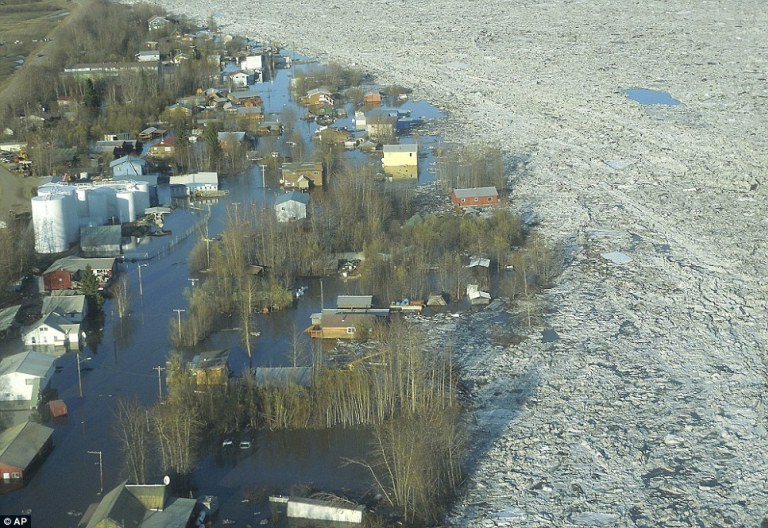
River ice jam flooding
- Busted water mains
- Boil/No-Boil water orders
- Hurricanes, tornadoes, earthquakes
- Wind & thunderstorms
- Wildfire
- Significant or extreme snowfall
- Summer drought
- Temporary outages (2-5 days)
- River ice lockups and floods
- Active shooter or bomb threat, terrorist events
Let’s hope that last stays firmly in the “annual” category or shifts back to the third prevalence ring for most of us. Let’s also acknowledge that in some places and nations, it’s already more common to be caught in crossfire of some sort than it is to live peaceful lives, and for some of them, it’s as or almost as common as paying monthly bills or going out to eat.
Zone 3/Third Ring – 5-10 Year Occurrences
These are the things that happen regularly, but infrequently. Some occur on cycles. Some, as with the natural disasters above, are a nearly predictable cycle. Some aren’t really predictable, per se, but as with tornadoes in one of the nations’ tornado alley or hurricane-prone areas, you learn to expect them. We can expect them to affect a larger area or more people in many cases.
- Natural Disasters from above
- Mudslides
- Major industrial or business closures/layoffs
- Drought (personal & widespread impacts)
- Widespread livestock illnesses (such as the avian diseases that pop up regularly)
- Temporary outages (3-14 days)
- Changing life phases (child-birth & toddlers, school-age kids, driving-age youths, empty nests, retirements)
- Fuel cost cycles
Zone 4/Fourth Ring – Generational Occurrences
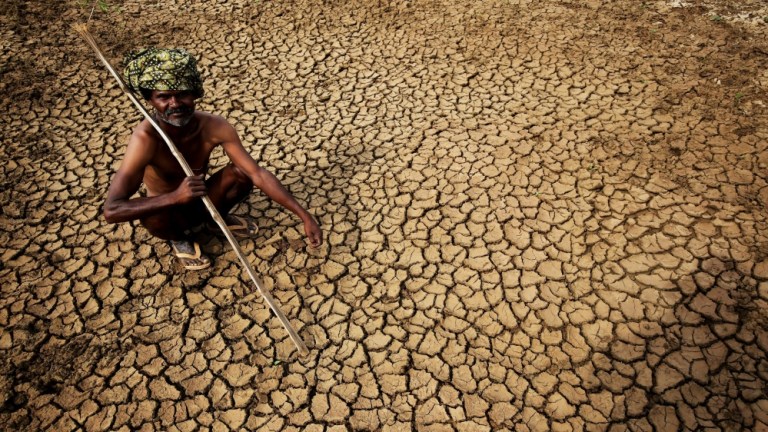
The span covered by the term “generation” tends to change if you use the strictest definitions. Most account for a generation to cover about 20-30 years. Some examples of things that very much tend to be generational include:
- Major wars (mental & physical disabilities, income effects good & bad)
- Recessions, depressions
- Fuel cost cycles (more extreme)
- Serious multi-year “weird” weather (droughts, floods, late or early springs)
- 25- & 50-year flood levels
- Some diseases
Zone 5/Fifth Ring – Lifetime/Eventual/Possible Occurrences
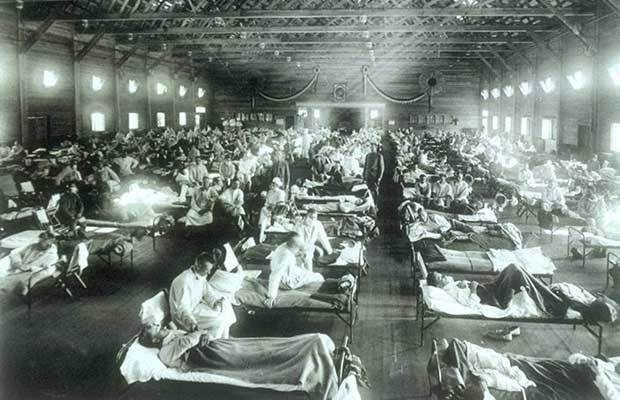
A lot of these are going to affect not just a region, not just one nation, but many. In some nations and regions, they may fall under the fourth ring of prevalence instead of the fifth. Some of these are also the big-fear “gotcha’s” or clickbait types that seem to draw folks in. Some are truly believed in, and I try not to judge people on what they believe. Poles have shifted in the past, Yellowstone has erupted, we’ve had serious solar effects on power, and asteroids have struck our earth. Will they happen again in our lifetime or eventually? Some almost certainly. Some are a firm “maybe”. Some are … possible.
- Great Depression
- Devastating Midwest seismic activity
- National or global pandemics in the Western world
- Major Ring of Fire activity
- Significant volcanic eruptions (the atmosphere-blocking ash type)
- Major global climate change (for the hotter or colder)
- EMP, devastating solar activity
- Nation-crippling electronic-based virus(es)
Alternative Scale Systems
Like permacuture’s zoning, the business world can also give us some scale systems to apply. High-probability, high-reward, urgent-response items are given priority, while lower-chance and less-likely risks are tended to later. We can create the same for our preparedness.
Another way to look at the five rings would be to apply a timespan for event duration. Perhaps 3-7 days, then 3-6 weeks, 3 months, 6-12 months, and 18-months+.
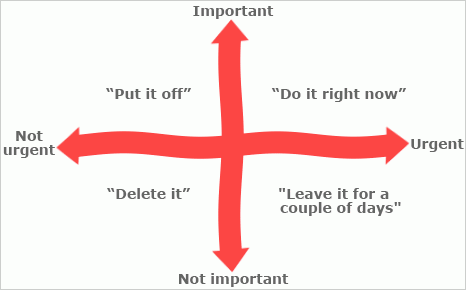
Like using prevalence, using time spans creates a measurable scale that works off a “most likely” basis. Most of us, at some point inside 1-5 years, will have some sort of financial upheaval or power outage that makes the supplies in the first few rings useful.
Ensuring we have everything we need to cook, clean, stay warm (or cool), and pay bills for those periods will keep us more balanced in our preparedness, and make us better prepared for the things that are MOST likely to occur in our near future and our lifetimes.
Applying Prevalence Rings
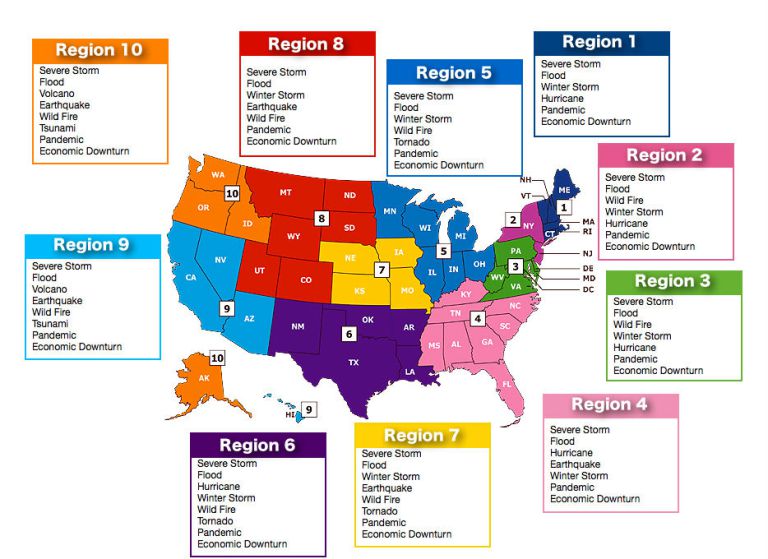
It’s inarguable that if you’re ready for the New World Order to freeze the planet and then send out FLIR drones to drop nuclear bombs in the midst of a planned or unplanned foreign-nation bank account hack while satellites are inaccessible due to solar storms’ interference, you’re pretty much good.
That’s not a particularly practical place to start and it might not be the best plan for resource allocation unless everything else really is covered.
There are a world’s worth of things that occur on a small-scale, inside homes and towns, that happen a lot more frequently than the dinosaurs and mega-mammals die out.
I see an awful lot of people hyped on one thing that can go wrong and might one day go wrong, but they exclude all kinds of things that do actually happen.
They forget that we sometimes have disasters that mean daily life is taking place all around us, or in the rest of the county, state, nation and world. They neglect fire extinguishers and smoke detectors for the sexy-cool aspects of preparedness like the rifles and Rambo knives.
Fact is, most of us will experience something from the first tier or two in our lives at least once, and for some of us, they’re regular parts of life.
In many cases of upheaval and crisis, we’re still going to want electricity, most likely.
We will still have a job or need to find a new one, will still be expected to present ourselves showered and with money to receive services, will still have doctor’s appointments, hunting and squatting in county-state-national parks will still be frowned on, and combat gear in the streets will still be the exception rather than the rule.
In some cases, the duration of our life-altering events might only be a few hours or days. However, in many parts of the world, those hours or days can be seriously inconvenient if not downright deadly. The ability to keep a CPAP machine running, repair a down or wrecked vehicle, and continue on with life after a squirrel invasion or a tree comes down is just as important as defending the home from looters and making beeswax candles.
Being able to repel the zombie horde does me little good if my vehicle is in poor repair on a daily basis and leaves me stranded on my way to work. 5K-10K rounds of ammo times my 7 platforms sounds nice, unless I don’t keep oil, coolant, jumper cables and fix-a-flat or a mini air compressor in my vehicle so I can limp my way home to them safely – on a daily basis.
Prioritizing instead of jumping willy-nilly – and tracking instead of continuing to add to whatever my favorite prep stash is – can help prevent daily disasters from truly causing upheaval.
Overlap Between Rings
The nice thing about seriously assessing what is likely to go wrong based on prevalence in the past is that we can sometimes make just little twitches.
We don’t have to be ready for all-out neighborhood wars over food, grazing rights, and tickets to the Earth Arks to create that overlap.
A bug-out bag serves as a shelter-in-place kit as well as a “standard” wildfire or hurricane evac kit. Having a month or two of food (or far more) means we can also weather a big bill because we can skip buying groceries.
Image: How’s your insurance coverage?
Preparing by Prevalence
Resources like the Ready.gov site and our insurance carriers can help us determine what goes wrong in our area. We might be well served making maps using the information they give us about regular, fifty-year and hundred-year floods, wind storms, and snow/hurricane routes to apply to our walk-out and drive-out plans.
We can also use their information – like, what is the number-one thing that causes job-loss or vehicle and home damage in our area – to make sure we’re buffered against it.
Practical Preparedness – Planning by Prevalence
When we jump on preparedness sites, sometimes we’re immediately struck by the enormous loads of things to buy, do, and learn. We immediately start hearing






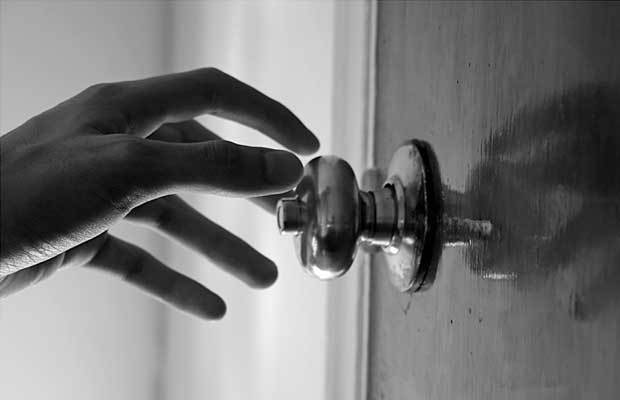











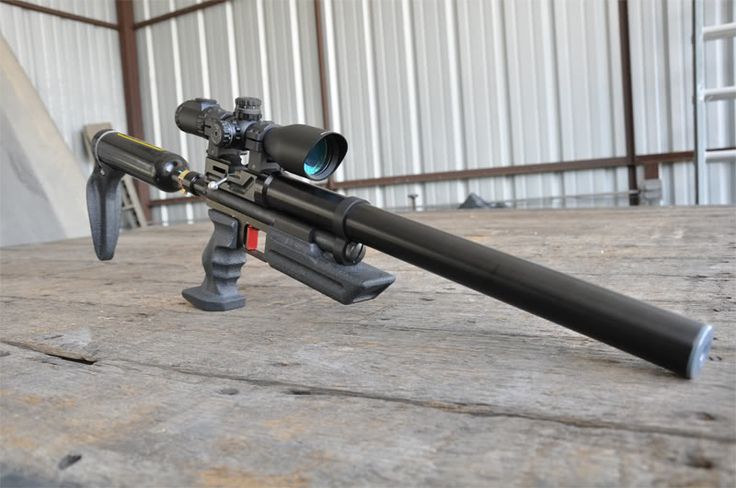

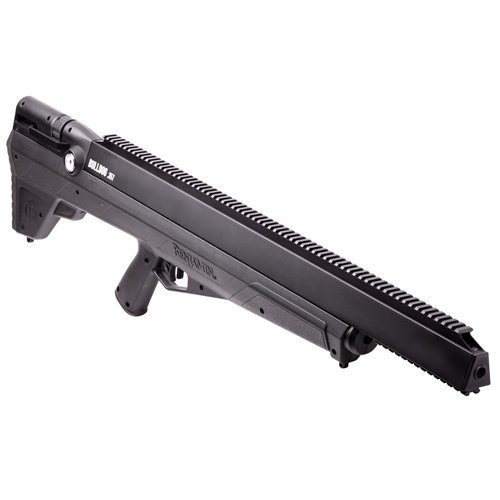


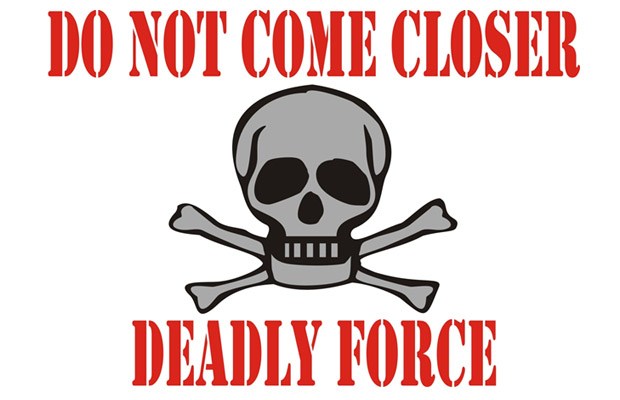




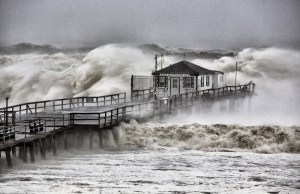
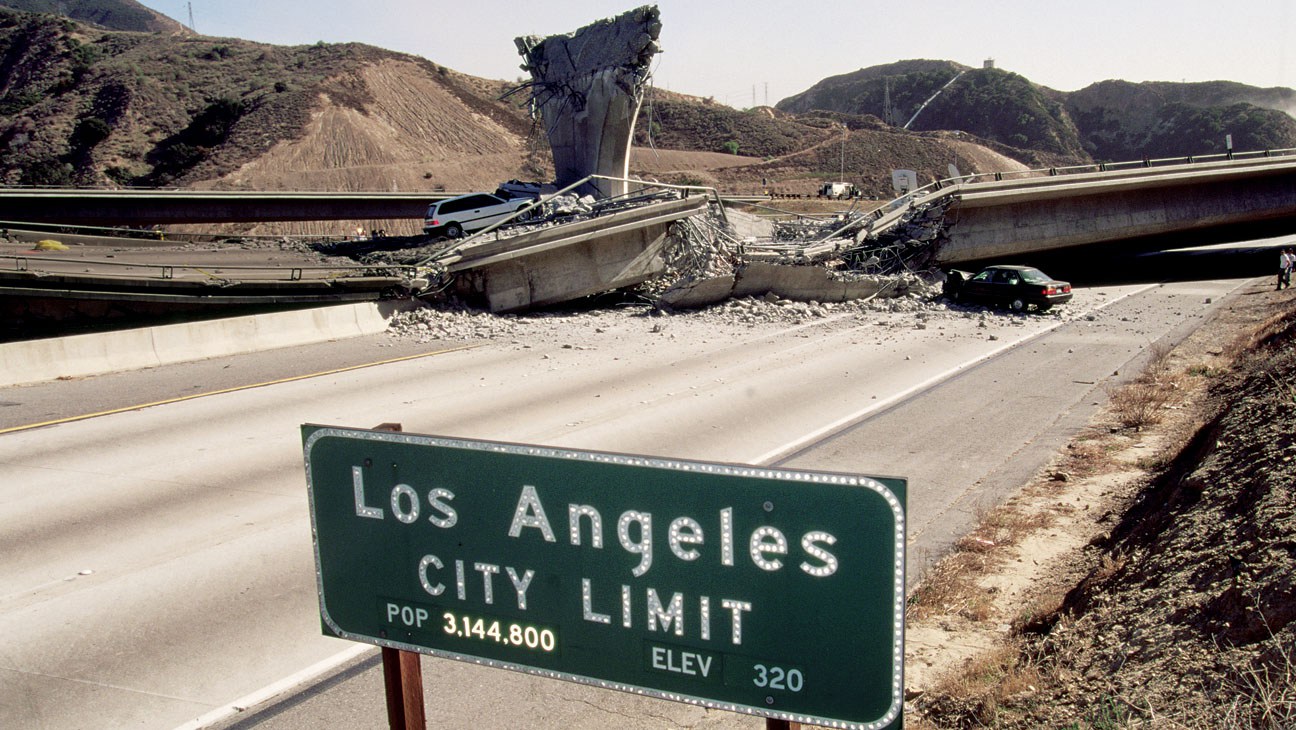
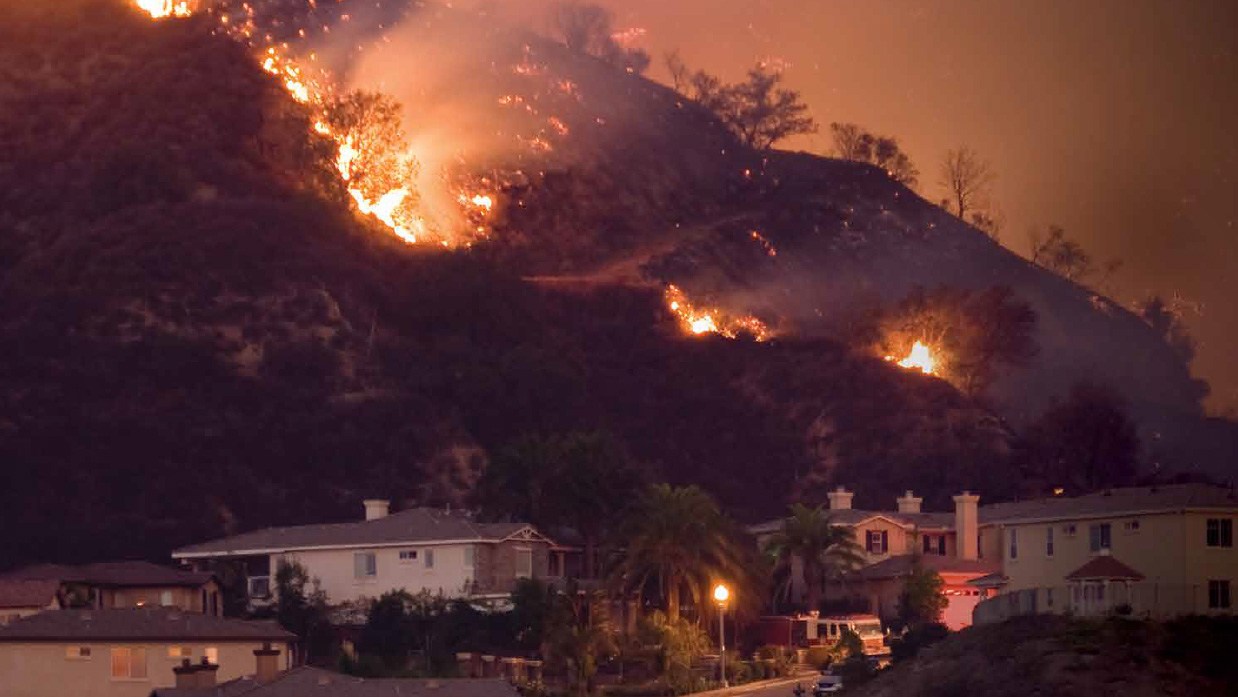

 Guns aren’t the only way to kill a person.
Guns aren’t the only way to kill a person.
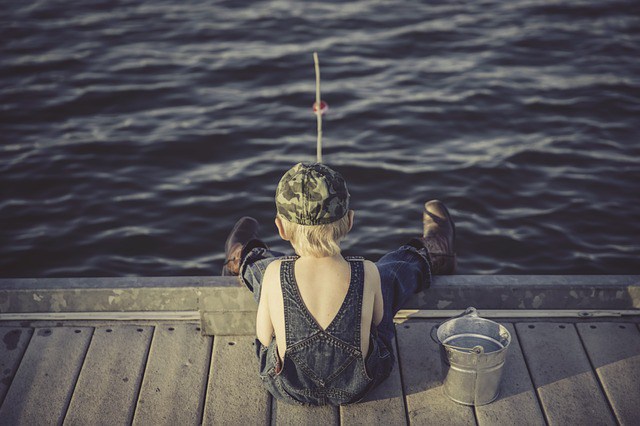 Can you fish in SHTF? Fish and the problem with a source for Omega 3 mainly goes away.
Can you fish in SHTF? Fish and the problem with a source for Omega 3 mainly goes away.

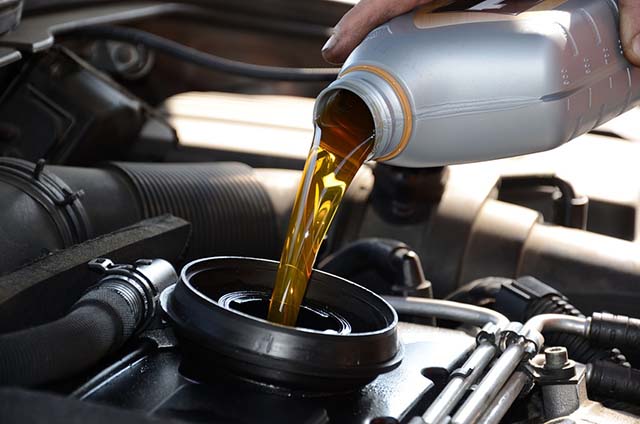
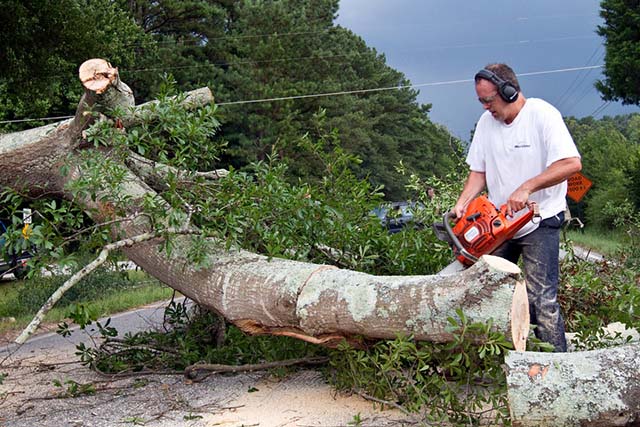 Hand tools are important, but if I can use a chainsaw, I will.
Hand tools are important, but if I can use a chainsaw, I will. You would use anything other than batteries for lighting? Sure I would, with caution. I have some
You would use anything other than batteries for lighting? Sure I would, with caution. I have some